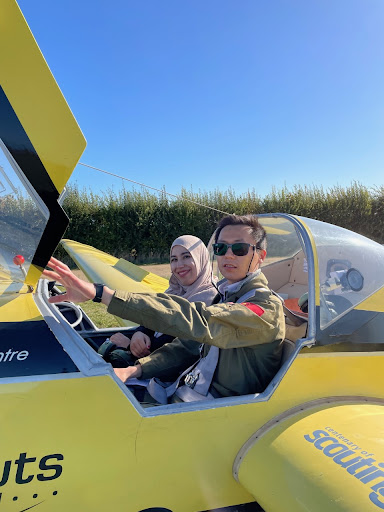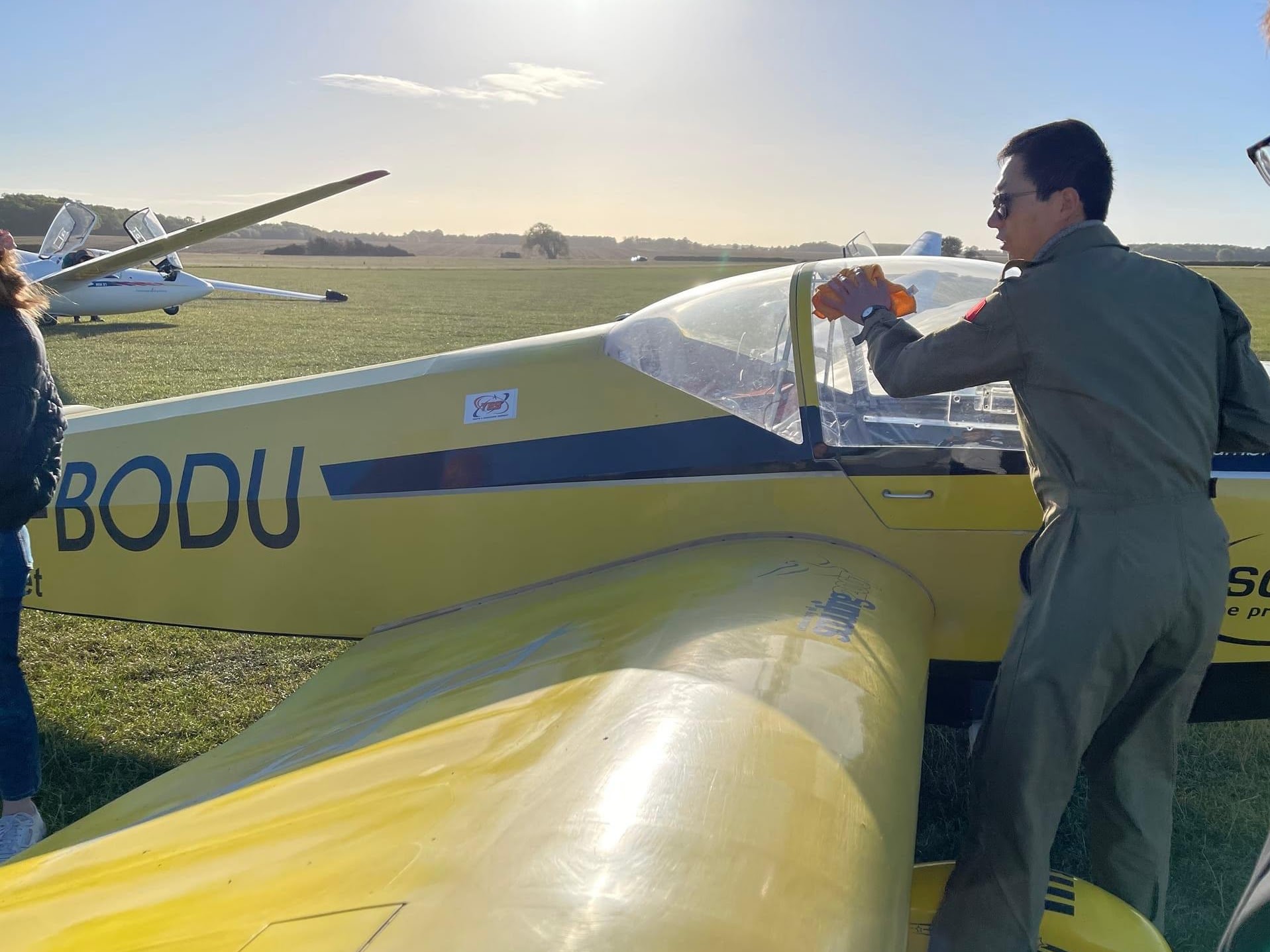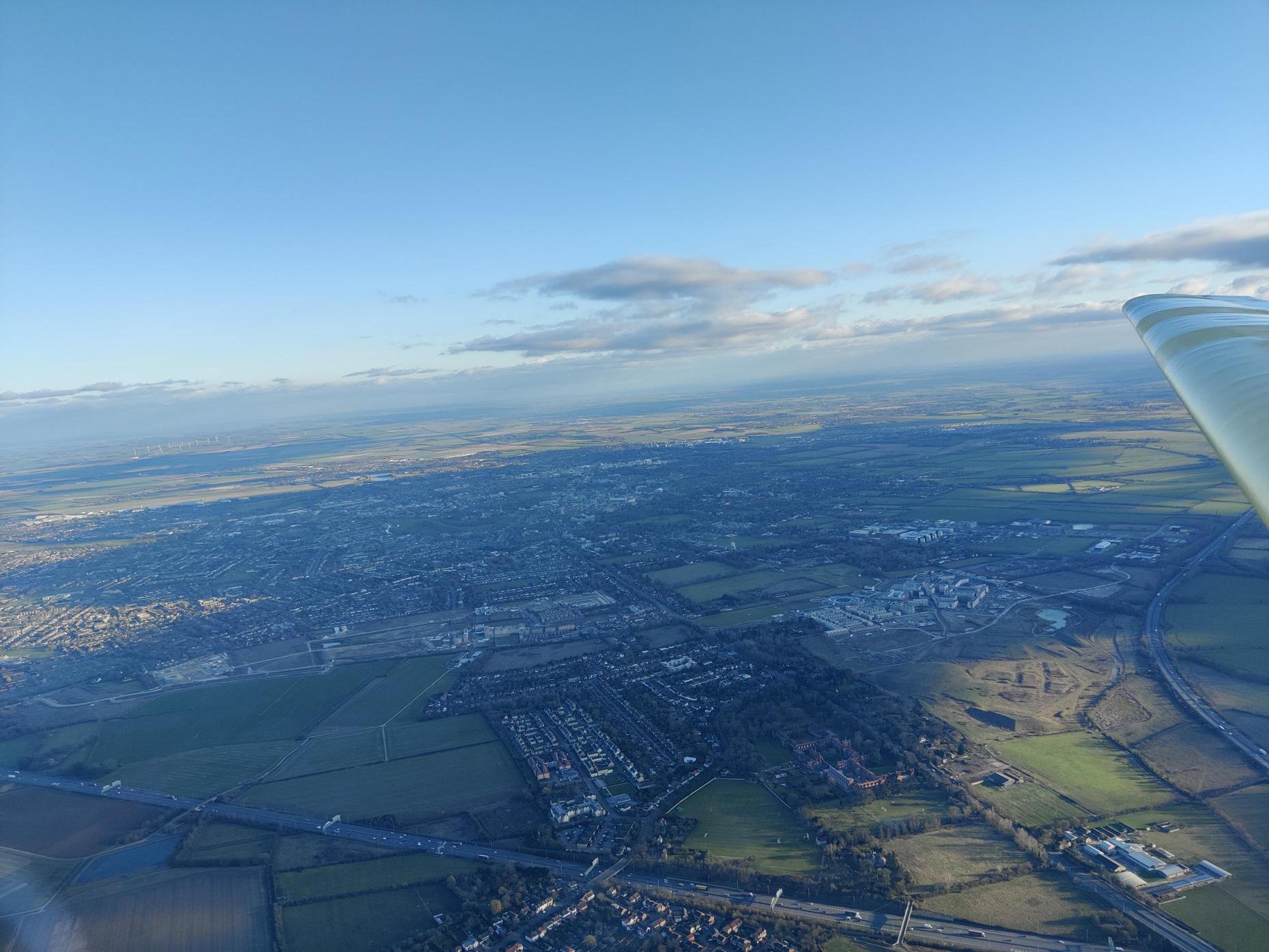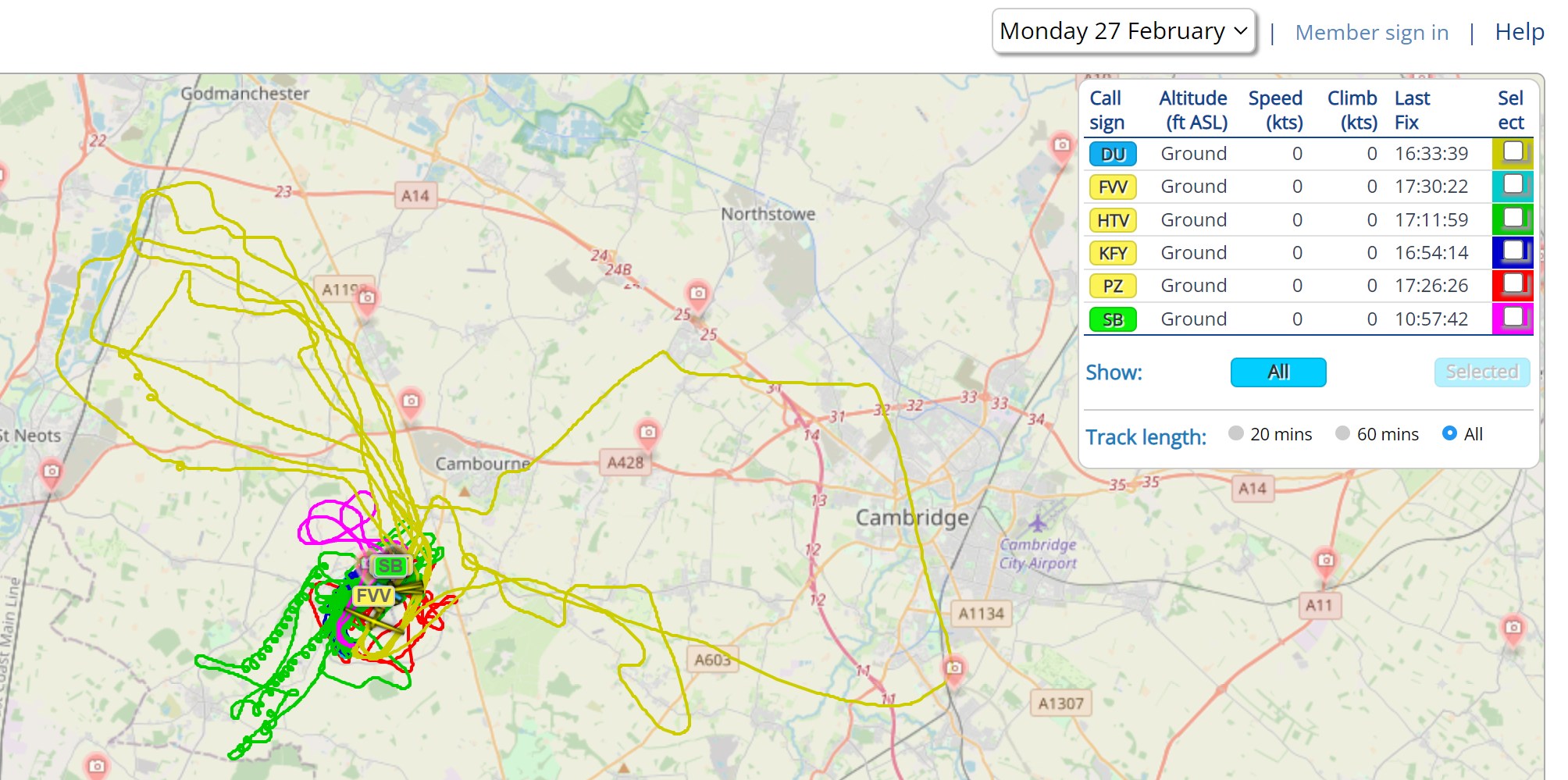Motor Glider Trial Flights with a CUGC member
Traditionally, CUGC organises trial flights at the beginning of every academic year. They have always been incredibly popular and they have been selling out in a matter of minutes every year since I have been a member of the club in 2016. Hence, they tend to go to either the fastest finger or the keenest bean. This time, CUGC decided that we should maintain a regular supply of trial flights throughout the university terms so that everyone would have a chance to experience the air at a time that suits their subject schedule and other commitments.



The same idea had been contemplated in previous years but proved to be exceedingly difficult due to the fact that, unlike most university gliding clubs in the UK, CUGC does not own a two-seater. While the Cambridge Gliding Club (CGC) we operate from does own a fleet of two seaters, they are scarce resources much needed for the training of both public and our members. It was always a struggle to reserve an aircraft for a couple of days and all logistics had to be arranged surrounding that. Freshers’ fair also coincides with the end of the soaring season, when CGC operates training seven days a week. Therefore, 2-seaters tend to be in especially high demand in this period.



This year, the CUGC turned our eyes to the Falke motor glider operated by CGC, which had been under-utilised due to the need for powered licencing. Thanks to the provisions of Part-SFCL, holders of SPLs like me are now able to extend our licences to include TMG privileges. I did this upgrade in early 2022 and obtained a BGA introductory flight pilot rating in September 2022, allowing me to perform air experience flights in the motor glider. The point is that I can operate the motor glider alongside the gliding operation and do not drain resources away from our members’ training.



Since October, I have been doing motor glider trial flights for CUGC every Monday, weather permitting. These trial flights have been a great success and the students’ feedback is overwhelmingly positive. The distinct advantage of a motor glider in the winter is its ability to stay airborne using the engine. While a winch launch trial flight may offer only 6-7 minutes in the air with maybe one minute ‘stick time’ for the student, the motor glider guarantees our offer of at least 20 minutes in the air. This allows the exercises to be done at a relaxed pace and students can have multiple attempts.



Furthermore, the motor glider is able to travel much further afield than a glider on non-soaring days. Our regular route involves an air tour out to Grafham water and St Neots before returning to Gransden Lodge, but there is scope for customisation if desired. One of the students I flew with lives in Toft which is a village between Cambridge and Gransden, and we were able to overfly the village to have a look at his family house and neighbourhood. In late afternoons when Cambridge radar gets less busy, I was also able to get ATZ transit clearance on a couple of occasions and I took my student over the city to play the game of ‘finding your college’. Both described the flight as fantastic afterwards.



Due to the higher aircraft hire costs, CUGC has to charge more for a motor glider trial flight, but the cost per minute flying for the student is still relatively less than a winch launch. From the start of this academic year, CUGC has operated 38 MG trial flights and 55 TFs and we converted 32 students into members. These trial flights also enabled us to start raising some funds for our long-term goal of owning a two seater glider. More trial flights will be available in Easter and over the summer!
Matt Wang (Equipment Officer 2019-2023)